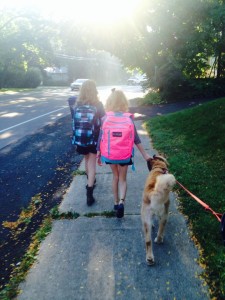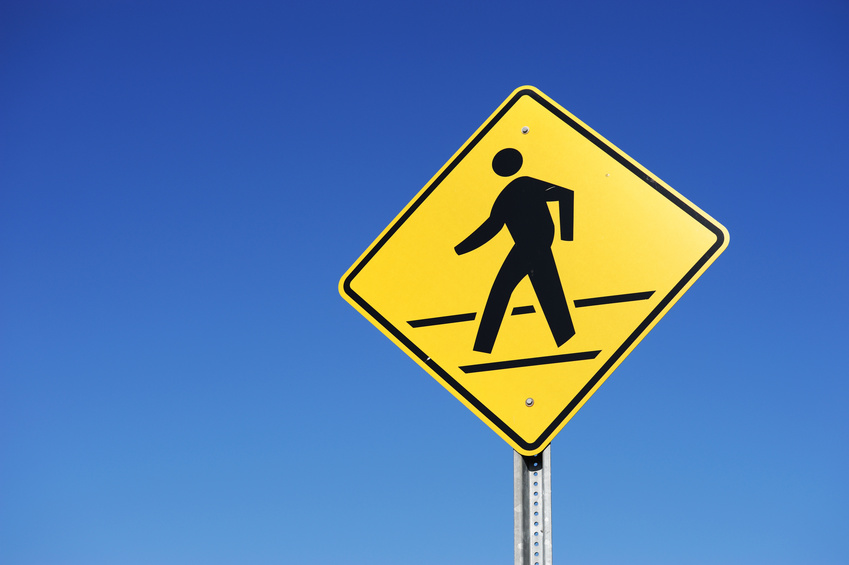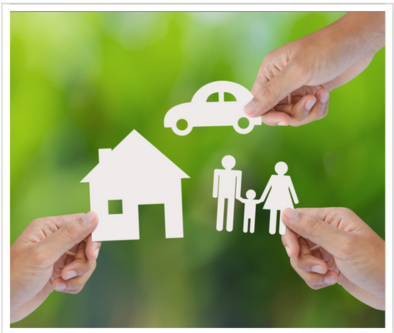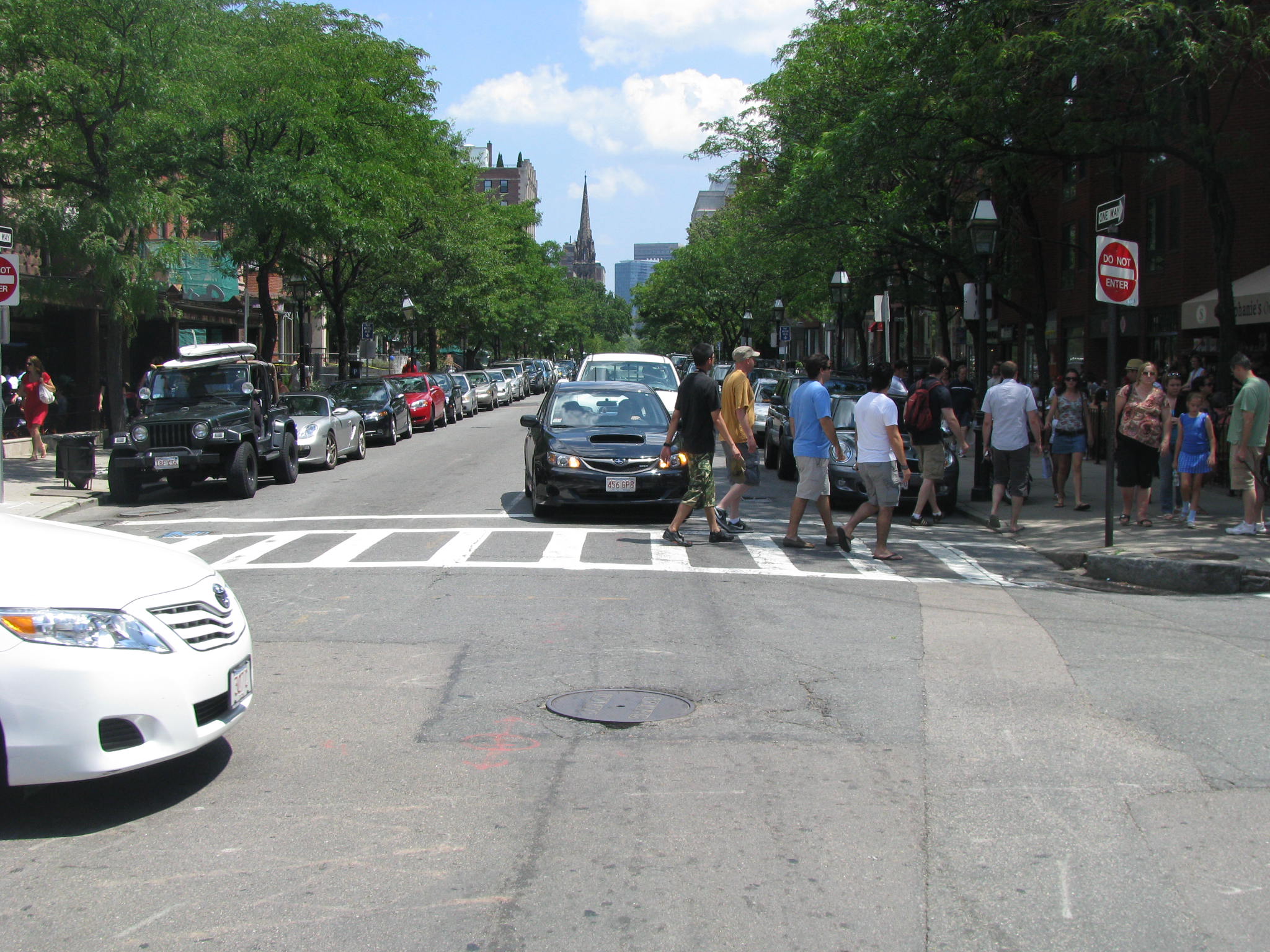
Jefferson Road
Today is International Walk to School Day. Every year, more and more communities across our country participate in the event that started in 1997, raising awareness about pedestrian safety issues, walkability and creating more livable neighborhoods and communities.
If you are lucky enough to live close to your kids’ school, hopefully you were able to participate. But the sad truth is many kids don’t walk or bike to school or even their bus stops and it’s not just because of helicopter parenting. In many neighborhoods, there are no sidewalks or safe passageways to get kids to school. One school district in Massachusetts said it’s not participating because there are no kids who could walk on a regular basis. “We don’t have sidewalks. We don’t have crossing guards.”
No situation makes you more acutely aware of how safe your streets are than walking them with your child.
It is true. More people live further from school than they did decades ago, but that is not the reason they are biking & walking less. In 1969, 41% of kids in grades K-8 lived within a mile of school. In 2009, about 31% did. BUT — here’s the kicker. In 1969, 89% of those kids walked or biked to school. In 2009? 35%.
In a CDC survey, the biggest reason parents said they didn’t let kids bike and walk to school was distance (61% of those surveyed). The second biggest reason? Traffic-related danger (30% of those surveyed). Weather was third (18%) and crime was fourth (11%).
In the US, parents have been arrested recently for their choices of when to leave their kids alone. There is also a free-range kids movement to encourage parents to build independence in children so they learn to become responsible productive people. This isn’t about that.
I want to focus on the fact that we have built our communities for cars, not people. And I want to talk about adults who drive cars, buy & rent houses and vote.
If more of us walked our kids to school on this day, walked with our kids to run an errand (or to the bus, then an errand) we would be aware of how difficult it is to get around without a car in most parts of this country. Even when you live in one of the most walkable neighborhoods in Rochester, drivers still rule the road.
Complete streets that have sidewalks and safe passageways, bring more people out on the streets — biking, walking, mass transiting, running errands, eating at restaurants. Complete streets are better for local businesses, residents, employees, kids, our health, our safety and the environment.
There are choices we make as people when we decide where and how to live. And it has a ripple effect beyond our own driveways.
So even if you didn’t walk your kid to school today, you should try to walk that route or even part of it to know what it’s like (no matter where you live) to be outside the car. Are there consistent sidewalks? Are there crosswalks at regular intervals? Are there traffic signals? Are there bike lanes? Are there multiple lanes of speeding traffic? If you don’t like what you see, make some noise. Pay attention and participate in public meetings when there are street calming and street re-design proposals.
Our communities deserve streets that are safe and accessible for all who traverse them, no matter what mode of transportation. And no situation makes you more acutely aware of how safe your streets are than walking them with your child.
Written by: Renee
Tags: complete streets, complete streets rochester, rochester ny walkability, walk to school day,






No Comment